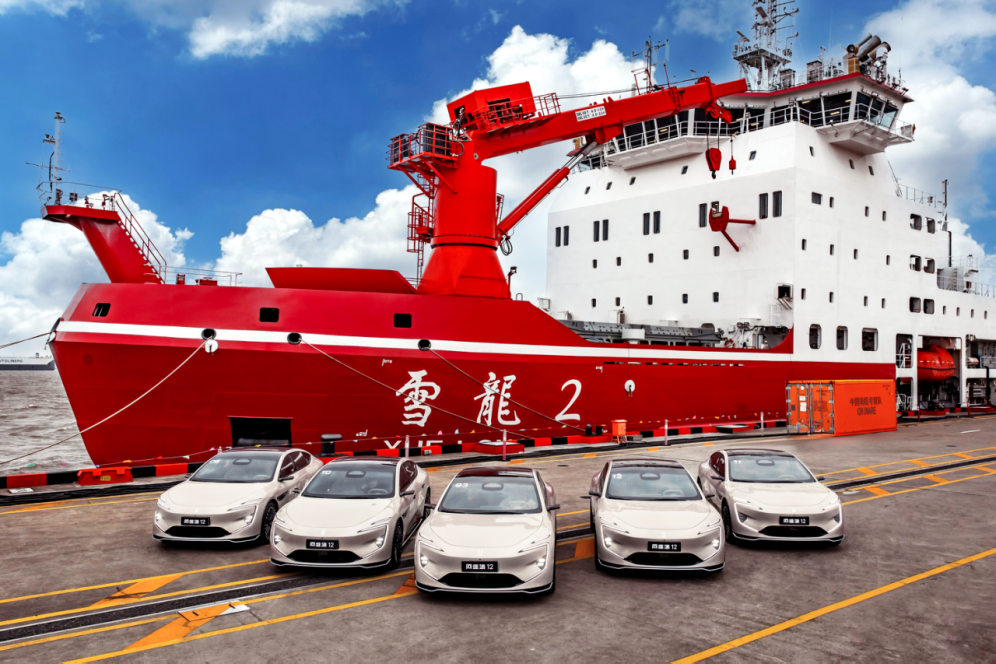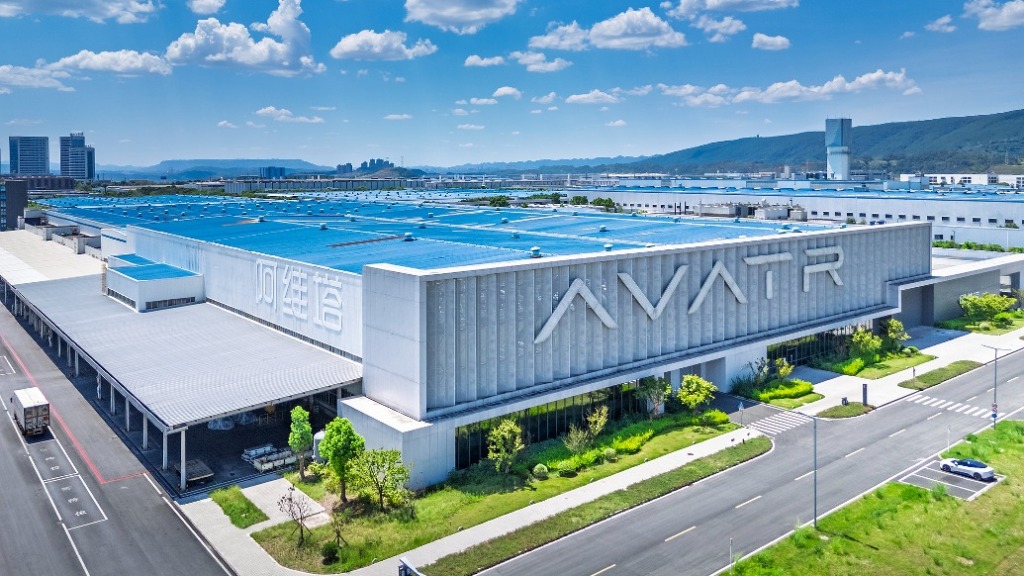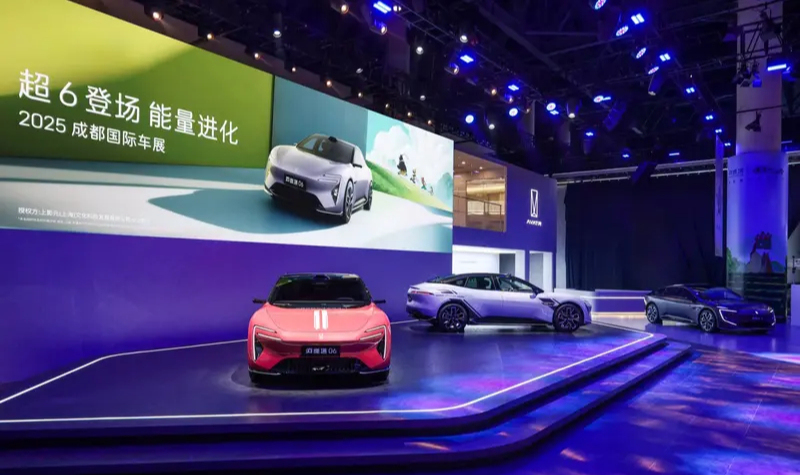

On October 21, Avita Technology (Chongqing) Co., Ltd., China Automotive Technology and Research Institute of Engineering, and China Polar Research Center (China Polar Research Institute) gathered at the Shanghai Polar Center Pier to jointly start the Avita 12's journey to Antarctica.
It is reported that Avita 12 will board China's first independently built polar scientific expedition icebreaker, Xuelong, and head from here to Zhongshan Station in Antarctica for polar testing.
Wang Hui, Vice President of Changan Automobile and Chairman of Avita Technology, pointed out that the Avita 12's expedition to Antarctica will become the world's first new energy sedan to land in Antarctica, which is another important practice of the brand in its globalization journey.

It is reported that Avita 12 will face three rigorous tests during its trip to Antarctica.
First up was a test of thermal management and power performance limits in the complex polar weather environment. The Avita 12, equipped with CATL batteries and a Huawei thermal management system, underwent tests focused on verifying the vehicle's cold start, heat preservation, and continuous operation capabilities in the extreme cold of Antarctica. These results will provide users in northern China with improved range and air conditioning and heating efficiency for winter driving.
The next step is testing the vehicle's mixed-surface road performance and escape capabilities in polar conditions. Antarctica's complex road conditions, characterized by cracks in the ice, soft snow, and hard ice, place extremely high demands on the vehicle's roadability and chassis rigidity. The Avita 12's high-performance air suspension system and CDC dynamic suspension damping control system will play a key role in this test.
The last step is the basic driving stability test in windy and snowy conditions.
The Avita 12's journey to Antarctica for vehicle testing fills a gap in polar testing for new energy vehicles. The data collected by the Avita in the harsh polar environment is of great practical significance for overcoming bottlenecks in new energy vehicles' ability to withstand extreme conditions and improving their winter adaptability.


